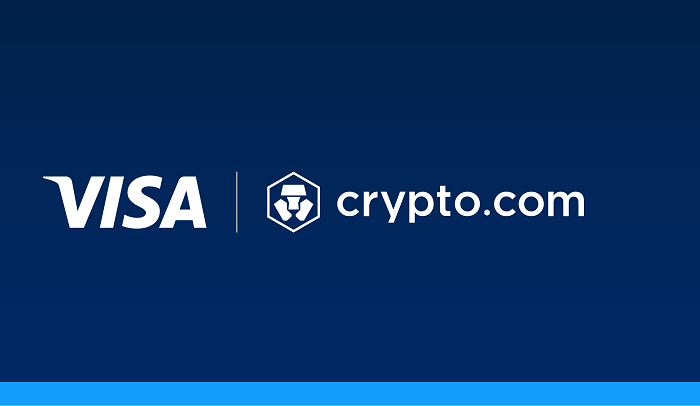Hong Kong-based cryptocurrency exchange Crypto.com has entered into a global alliance with payment giant Visa and has joined Visa’s network in Australia.
Through this tie-up, Crypto.com is looking to accelerate the adoption of its crypto payment solutions by expanding the reach of the Crypto.com Visa Card and enhancing its key features.
In addition, the platform plans to introduce fiat lending with crypto collateral through the Crypto.com Visa Card.
Claimed to be largest Visa card programme of its kind, Crypto.com Visa Card is currently available in the US, Canada, 31 countries in Europe, and in APAC.
As a principal member of the Visa Network, Crypto.com will start direct-issuance of the Crypto.com Visa Card in Australia. This will enable the crypto platform to have a direct association with cardholders.
Crypto.com co-founder and CEO Kris Marszalek said that the signing the global partnership with Visa and becoming a principal member of the Visa network affirms the firm’s commitment to accelerate the world’s transition to cryptocurrency.
Visa head of crypto Cuy Sheffield added: “Digital currencies have the potential to extend the value of digital payments to a greater number of people and places—and we’re eager to work with companies bringing this vision to life.
“Through our partnership with Crypto.com, one of the largest Visa card programs connected to a crypto exchange available today, we are making it quicker and easier for people to spend digital currency worldwide.”
Other moves by Crypto.com
It has also launched a lending product, dubbed Spending Power, which is custom-built for the Crypto.com Visa Card. This offering will enable cardholders to avail crypto in their Crypto.com crypto wallet as collateral for a loan and spend fiat wherever Visa is accepted.
In addition, Crypto.com is planning to roll out virtual cards in Europe starting this month.
In December, Visa reportedly partnered with blockchain firm Circle Internet Financial to link the latter’s stablecoin U.S. Dollar Coin (USDC) to its payments network.






















